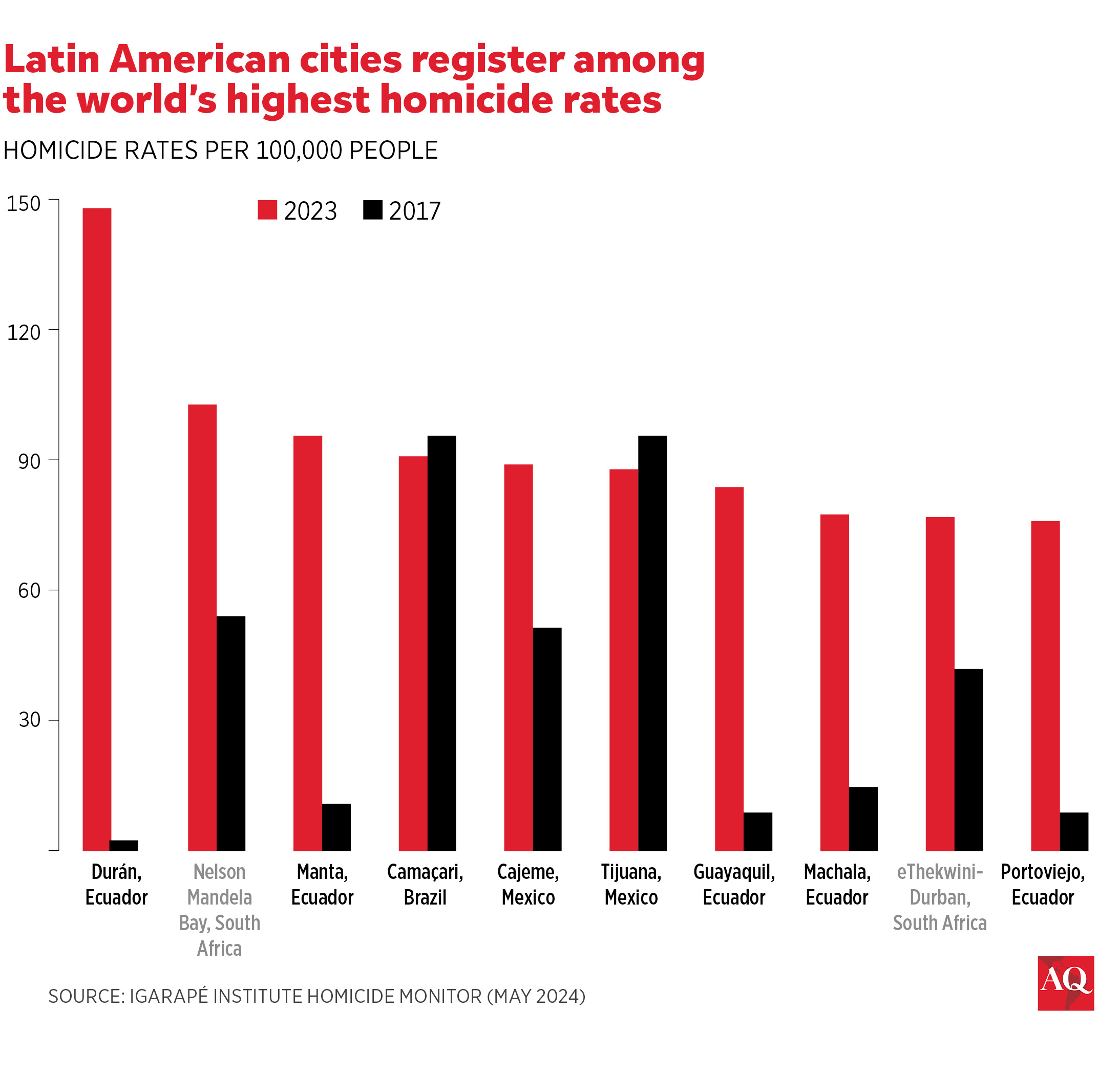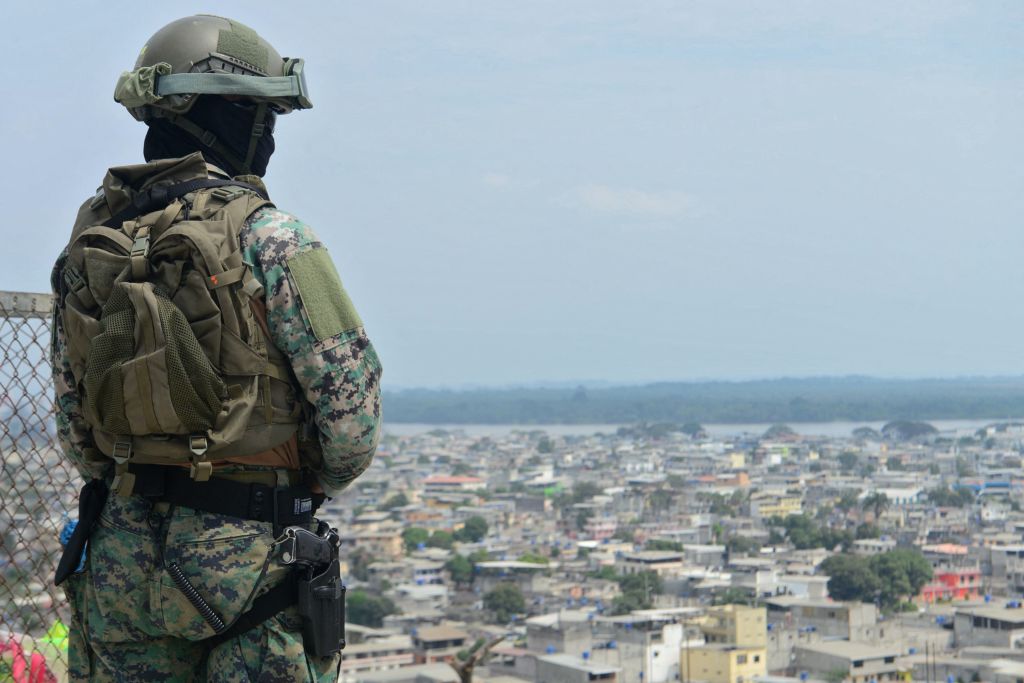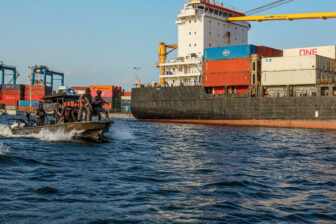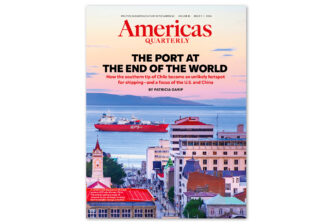RIO DE JANEIRO — Cities are bellwethers of nations’ progress. When they thrive, so do their countries. And when they are fragile, their nations are more likely to suffer a wide variety of ills, from deteriorating quality of life to declining foreign direct investment. Crime rates are especially useful measures of urban fragility. Homicide is a particularly convenient early warning indicator precisely because it is the most serious and carefully tracked category of crime.
However, the limited availability of standardized city-level data on criminal violence makes lethal and non-lethal crime surprisingly challenging to track. Fortunately, the Homicide Monitor, one of the world’s largest public repositories of this data, takes the pulse of cities with at least 250,000 inhabitants. Its 2023 findings show that Latin American and Caribbean (LAC) cities continue to register especially high murder rates. They also reveal signs of progress in some places and new cause for concern in others.
As in previous years, LAC was home to over 40 of the world’s 50 most murderous cities in 2023. The countries with the most cities on this list are Brazil (13), Mexico (11), the U.S. (7), South Africa (6), Ecuador (5) and Colombia (3), followed by Venezuela, Guatemala, Jamaica, Haiti and Lesotho with one apiece. LAC cities dominate the ranking, but notable shifts are underway in the region due to evolving organized crime dynamics and controversial public security interventions.
The city with the highest homicide rate in the world in 2023 was Durán, Ecuador. In 2020, it ranked 453rd, and last year registered a homicide rate of 148 per 100,000 inhabitants. The explosion of organized violence in Durán and other Ecuadorian cities like Manta, Guayaquil, Machala and Portoviejo is a tragedy foretold. They have borne the brunt of the country’s rapidly escalating drug war between rival Ecuadorian gangs alongside Colombian, Mexican and Albanian criminal groups for control of the cocaine trade.

Ecuador’s national homicide rate surged from 5.7 per 100,000 in 2018 to 45.1 in 2023, making it the most violent country in South America. Early this year, President Daniel Noboa declared an “internal armed conflict.” In an April referendum, Ecuadorians voted overwhelmingly for a militarized response to crime that has embraced longer prison sentences for serious crimes ranging from drug trafficking to money laundering and the use of the armed forces for policing.
The flip side of Ecuador’s surge of violence can be found in El Salvador, Honduras and Venezuela, where homicide rates have reportedly fallen sharply across multiple cities. San Salvador, San Miguel and Soyapango in El Salvador were among the most homicidal cities in recent years, but in the wake of controversial tough-on-crime crackdowns, lethal violence dropped by over 70% nationally in 2023 alone, according to government figures.
Trouble elsewhere
San Pedro Sula in Honduras ranked as the most violent city in the world in 2014, with a murder rate of 142 per 100,000, but by 2023, the city had fallen outside the top 100 and registered a rate of just 25.8. Other cities, such as Tegucigalpa and Choloma, also slipped out of the top 50. Venezuela’s homicide rates have also declined. Only Caracas was included in the top 50 in 2023, a sharp contrast from 2021, when 11 Venezuelan cities made that list.
Even though Brazil had the most cities (13) in the top 50 in 2023, that pales compared to the 30 it registered in 2015. Despite this improvement, Brazil still reported the highest absolute number of murders in the world in 2023, with 47,052 and a national homicide rate of 23.1 per 100,000. Cities such as Camaçari, Feira de Santana and Salvador (all in Bahia); Macapá (Amapá); and Caucaia (Ceará) are particularly violent, with murder rates over 65 per 100,000 inhabitants.
While Brazil’s national murder rate has been declining since 2017, it is climbing in parts of the northeast and in the nine Amazonian states, where rates far exceed the national average. An explosion in cocaine trafficking from neighboring Colombia, Bolivia and Peru—along with violent disputes between the region’s many gangs—are primarily to blame. Brazilians are more preoccupied with crime than ever.
In Mexico, the trends of political and criminal violence are bleaker still. The country featured 11 cities in the top 50 in 2023, compared to just three in 2015. Before 2017, the country had only one city, Acapulco, among the top 10, but now, Cajeme (Sonora), Tijuana (Baja California), and Celaya (Guanajuato) regularly make that list. For the past six years Mexico has registered over 30,000 homicides. The country’s last election cycle recorded the highest tally of political assassinations in modern history. It is no surprise that in a recent public safety survey, over 61% of respondents said it is unsafe to live in their city.
Colombia and the Caribbean
For its part, Colombia has experienced unprecedented declines in homicide over the past decade. Cities such as Medellín (Antioquia) and Cali (Valle del Cauca), once considered among the most violent in the world, have improved markedly. Colombia’s approach to violent crime has oscillated between militarized and prevention interventions, with the current administration seeking to focus more on so-called “root causes” of crime, including poverty, inequality, education, substance use and other factors.
Despite meaningful progress, Colombia has registered between two and four cities in the top 50 every year since 2017, and the security situation has deteriorated in certain small cities like Sincelejo, the country’s most murderous city in 2023, ranked at 29. The Pacific Coast is also becoming a particular concern due to increased clashes between drug trafficking organizations.
Meanwhile, the expansion of heavily armed criminal gangs and drug trafficking networks across the Caribbean has coincided with an explosion in homicidal violence. The region’s murder rate is three times the global average, with most killings perpetrated with firearms trafficked from the U.S. Larger cities such as Kingston in Jamaica and Port-au-Prince in Haiti ranked the 12th and 15th most murderous cities in 2023.
Rising homicide cities in countries that have historically not reported high rates of violent crime are canaries in the mine. Examples include San José in Costa Rica, which saw homicide rates increase from 15.1 per 100,000 in 2022 to a record-breaking 23 per 100,000 in 2023. Similarly, alarming patterns are evident in smaller cities such as Iquique in Chile and Rosario in Argentina.
The ups and downs of murder rates in the region’s cities show that no condition is permanent: Seemingly hopeless situations can improve, and sound policy can generate positive outcomes.
Muggah is a co-founder and research director of the Igarapé Institute, a leading think and do tank in Brazil. He is also co-founder of the SecDev Group and SecDev Foundation, digital security and risk analysis groups with global reach.
Aguirre is a senior researcher at the Igarapé Institute.






